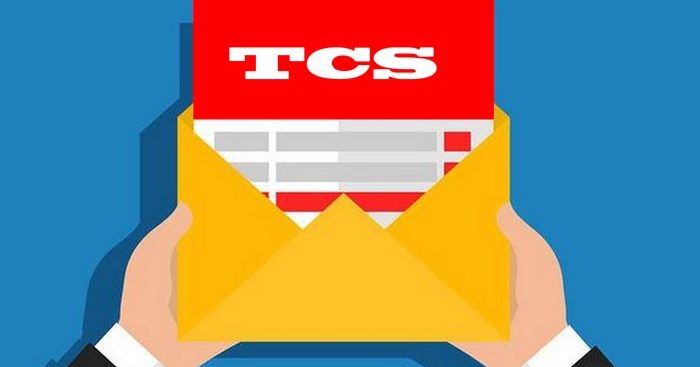India’s economy rose from being the 10th largest in the world to becoming the 5th largest in the last nine years. With the current economic growth rate estimated to be at 7 per cent, the highest among all major economies, the Budget 2023 was expected to remain focused on tax reforms, boosting exports, reduce imports, continue investment in infrastructure and cure all sectors of the economy from the impact COVID 19 pandemic with a magic wand.
In the run up to the Budgetary announcements, the Government introduced the vision for the Amrit Kaal that includes technology-driven and knowledge-based economy with strong public finances, and a robust financial sector, through Jan Bhagidari. The priorities for the budget, as highlighted by the finance minister in her speech were:
- Inclusive Development
- Reaching the last mile
- Infrastructure and investment
- Unleashing the potential
- Green growth
- Youth power
- Financial sector
With that understanding, we bring to you the key highlights of the budget announcements and the proposed finance bill amendments.








